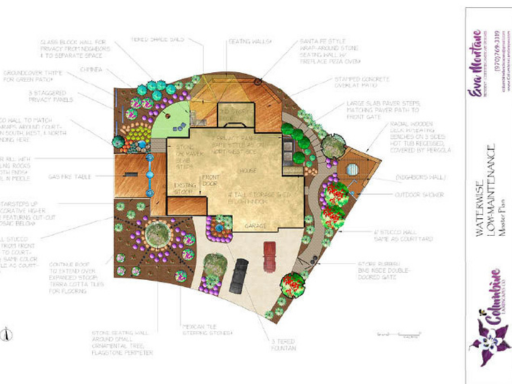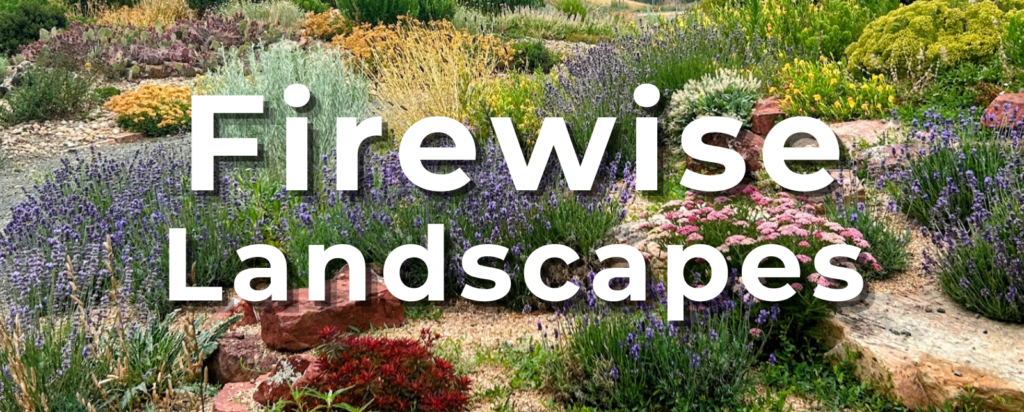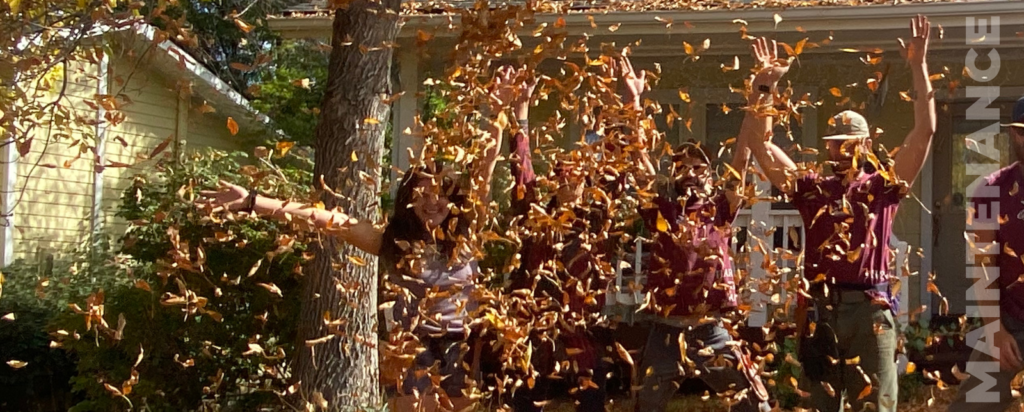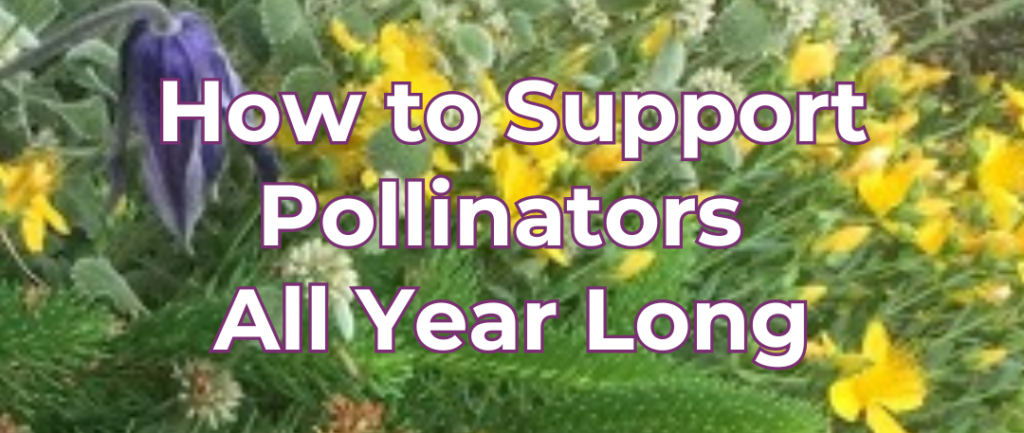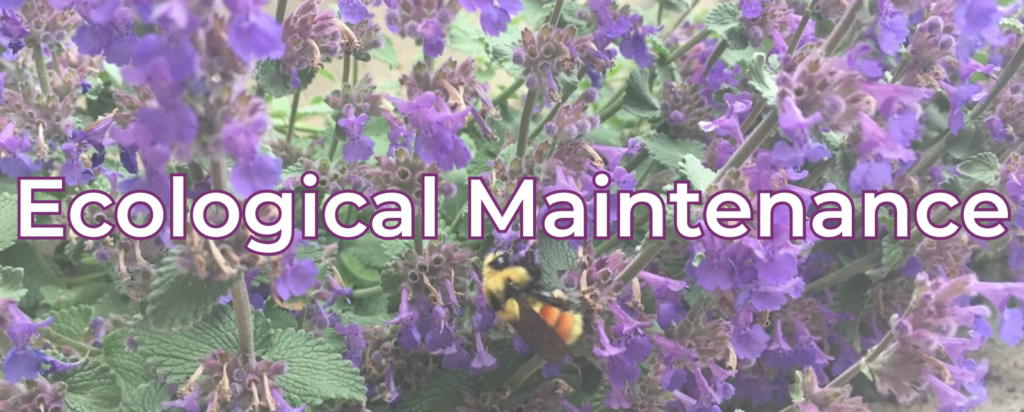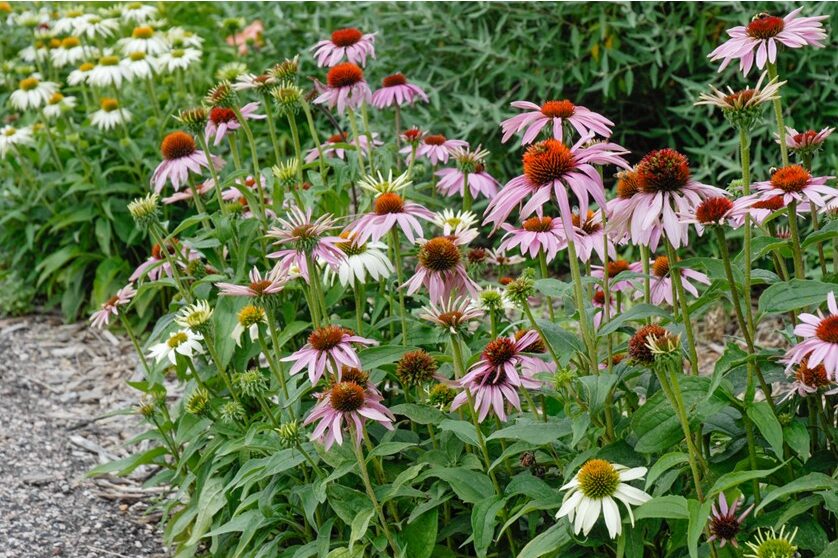Design is an important part of the process for creating a sustainable landscape. It invites deep thought, reflection, and planning to make sure we’re creating a landscape that checks all the boxes.
Sustainable landscape design strives to create landscapes that
- Pay rent year round, as my friend Mike Kintgen at Denver Botanic Gardens says; in other words we want it to provide structure, texture, habitat for us and other critters in all seasons, including winter!
- Produce flowers throughout the growing season for our aesthetic enjoyment, and to supply food for the pollinators
- Aim to make use of all the water than lands on the site
- Place the right plant in the right place
- Provide not just beauty, but also function that meets the demands of our lifestyles
- Keep in focus the long view by making sure it holds up over time
- Integrates materials that make a positive impact in the environment
- Use resources wisely
- Consider costs to you and the environment for the long-term
NOTES:
Keeping the future in mind is the opposite of over-planting, a tactic commonly employed for immediate gratification. This strategy fails to take into account the mature size of the plants and how they will look and fit together once they are grown. The result is that in a few years many plants will be growing into each other, no longer looking or performing their best and need to be removed. Not only is this a poor use of resources and disrespectful to nature, it is also costly in terms of labor and materials and disposal.
Over-planted landscapes also require more maintenance in the long term. When the plant eventually crowds the walkway, or blocks a window, regular pruning becomes necessary to be able to comfortably carry on our lives in and around the landscape in a way that feels easy, graceful, and serves our purposes. Instead, we should be designing and planting with the future in mind. When the eventual size and shape of a plant is carefully considered in the design stage, space is allowed for the full natural expression of that species, and most often, little to no pruning is required. This is the case for the native and adapted shrubs and trees we like to use in our designs.
In addition to plants, we also need to seriously consider the materials used. Are they contributing to the overall health of the ecosystem, or detracting? Consider rubber mulch, artificial turf, weed mat, pond liner, and chemical herbicides and fertilizers. Many of these will not break down in our lifetimes and all are harmful to the environment in the long or short term. Instead, we need to be looking at our built landscapes as part of the ecological whole and focus our efforts on materials and methods that support microbes and worms in the soil, as this is the foundation of the health of our landscapes and environment.
At the end of the day, when all these boxes are checked, by nurturing nature we also nurture ourselves by having a beautiful, functional landscape where we can dwell and connect more deeply with ourselves and with nature. That is the goal.
To the Glory of the Garden,
Eva Montane
President, Columbine Landscapes

